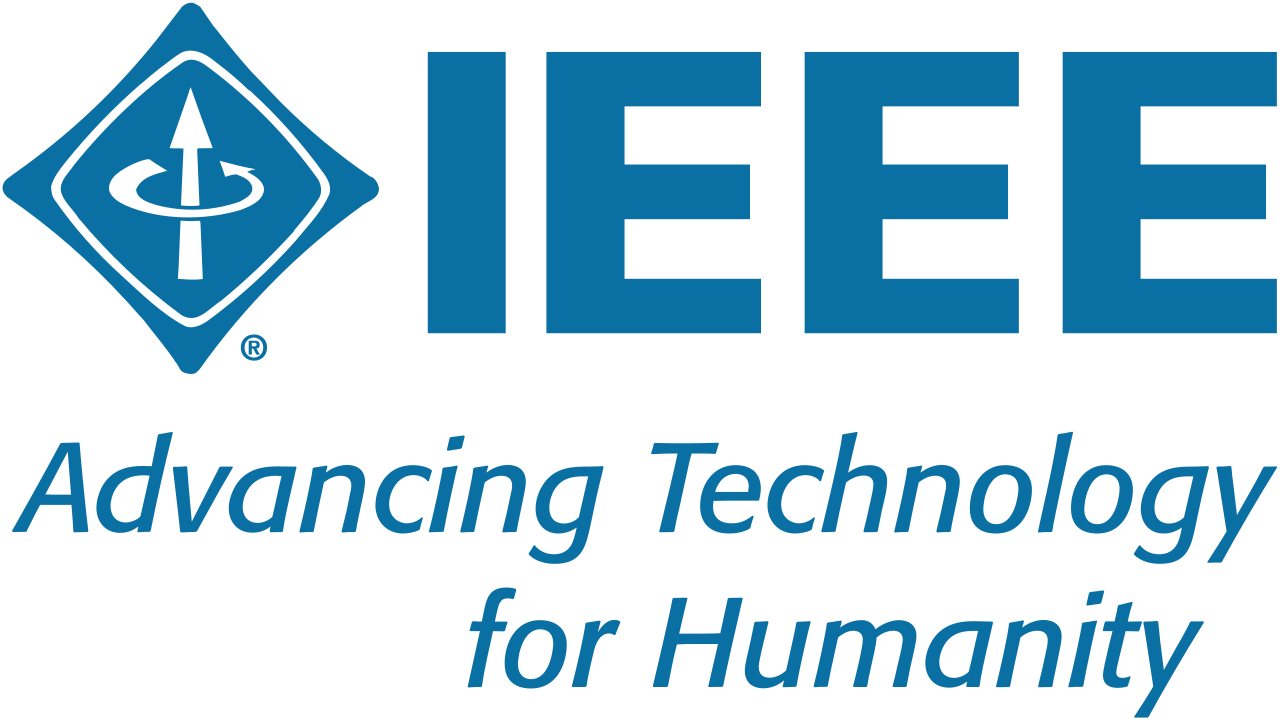Accurate and Objective Lecturer Appraisal System: Implementation of the LOPCOW Method
Abstract
This research proposes the use of the Logarithmic Precursor Chain-Driven Objective Weighting (LOPCOW) method to evaluate the best lecturers in universities. The LOPCOW method ensures that the assessment covers all aspects of lecturer quality and performance, including education, research, community services, discipline, commitment, cooperation skills, and innovation. The evaluation of lecturers using the scores and ratings provided showed that CDE lecturers were the best, with the highest score of 0.715. CDE lecturers showed high consistency in all aspects assessed, especially in education, research, and community service. This was followed by MNO lecturers (0.676), STU lecturers (0.668), XYZ lecturers (0.637), and AFI lecturers (0.627). In conclusion, highly ranked lecturers showed strong dedication to the Tridharma of higher education, with consistent performance and a positive impact on the academic community and the general public. Future research should focus on developing strategies to improve lecturers' teaching quality by applying new educational technologies and evaluating their impact on student learning.
Keywords
References
R. E. Putra and S. Djasmayena, “Metode Simple Multi Attribute Rating Technique Dalam Keputusan Pemilihan Dosen Berprestasi yang Tepat,” J. Inf. Teknol., vol. 2, no. 1, pp. 2–7, 2020, doi: 10.37034/jidt.v2i1.29.
M. K. Kusuma, N. A. Hasibuan, and I. Saputra, “Sistem Pendukung Keputusan Pemilihan Dosen Terbaik dengan Menggunakan Metode VIKOR,” J. Inf. Sist. Res., vol. 1, no. 3, pp. 123–129, 2020, doi: 10.62866/jutik.v2i2.132.
A. Adam, A. Fuad, H. Kurniadi Siradjuddin, and S. N Kapita, “Sistem Pendukung Keputusan Pemilihan Dosen Berprestasi Di Universitas Khairun Ternate Menggunakan Metode Multi- Attribute Utility Theory,” JIKO (Jurnal Inform. dan Komputer), vol. 3, no. 3, pp. 166–172, 2020, doi: 10.33387/jiko.v3i3.2246.
R. E. Putraa, J. Na’amb, and Sumijan, “Keputusan Pemilihan Dosen Berprestasi Menggunakan Metode Multi Attribute Utility Theory (MAUT),” J. Sains dan Inform., vol. 6, no. 1, pp. 9–14, 2020, doi: 10.22216/jsi.v4i1.
R. P. Sari and M. A. Rifaldi, “Sistem Penentuan Keputusan Seleksi Pemilihan Asisten Dosen Sistem Informasi Dengan Penerapan Metode TOPSIS,” J. Sist. Komput. dan Inform., vol. 3, no. 4, p. 493, 2022, doi: 10.30865/json.v3i4.4184.
N. Ramadani and N. Heltiani, “Sistem Pendukung Keputusan Pemilihan Dosen Berprestasi Menggunakan Metode Simple Additive Weighting (Saw),” Comput. Informatics Educ. Rev., vol. 1, no. 01, pp. 6–9, 2020, doi: 10.33258/cier.1012020.1068.6-9.
N. Hidayati, T. Waluyo, and U. E.I.H, “Sistem Pendukung Pengambilan Keputusan Penerimaan Dosen Dengan Metode AHP ( Studi Kasus Universitas Teknologi Yogyakarta ),” Univ. Teknol. Yogyakarta, vol. 7, no. 2, pp. 63–69, 2019.
H. Effendi, D. Syabirin, and M. O. Syahputra, “Implementation of Simple Additive Weighting Method in the Best Lecturer Selection Application,” Sisfotenika, vol. 11, no. 2, p. 183, 2021, doi: 10.30700/jst.v11i2.1129.
T. Terttiaavini, F. Zamzam, M. Ramadhan, and T. S. Saputra, “Design a Decision Support System to Evaluate The Performance of Indonesian Lecturers by Developing a Simple Additive Weighting Method,” Test Eng. Manag., vol. 28, no. 11, pp. 36–41, 2019, [Online]. Available: http://sersc.org/journals/index.php/IJAST/article/view/1038/903
Marfuah and S. Widiantoro, “The Implementation of Analytical Hierarchy Process Method for Outstanding Achievement Scholarship Reception Selection at Universal University of Batam,” IOP Conf. Ser. Earth Environ. Sci., vol. 97, no. 1, 2017, doi: 10.1088/1755-1315/97/1/012003.
R. I. Maulana, S. Andryana, and D. Hidayatullah, “Selection of Outstanding Lecturers Using the AHP and Promethee Methods,” J. Mantik, vol. 3, no. 2, pp. 10–19, 2020, [Online]. Available: http://iocscience.org/ejournal/index.php/mantik/article/view/882/595
S. Setiawansyah and A. Sulistiyawati, “Penerapan Metode Logarithmic Percentage Change-Driven Objective Weighting dan Multi-Attribute Utility Theory dalam Penerimaan Guru Bahasa Inggris,” J. Artif. …, vol. 2, no. 2, pp. 62–75, 2024, [Online]. Available: https://ejournal.techcart-press.com/index.php/jaiti/article/view/119%0Ahttps://ejournal.techcart-press.com/index.php/jaiti/article/download/119/114
R. Md Saad, M. Z. Ahmad, M. S. Abu, and M. S. Jusoh, “Hamming distance method with subjective and objective weights for personnel selection,” Sci. World J., vol. 2014, 2014, doi: 10.1155/2014/865495.
Y. M. Wang, J. B. Yang, and D. L. Xu, “A two-stage logarithmic goal programming method for generating weights from interval comparison matrices,” Fuzzy Sets Syst., vol. 152, no. 3, pp. 475–498, 2005, doi: 10.1016/j.fss.2004.10.020.
B. Arifitama, “Decision Support System Scholarship Selection Using Simple Additive Weighting (SAW) Method,” JISA(Jurnal Inform. dan Sains), vol. 5, no. 1, pp. 80–84, 2022, doi: 10.31326/jisa.v5i1.1279.
A. Ulutaş, A. Topal, Ö. F. Görçün, and F. Ecer, “Evaluation of third-party logistics service providers for car manufacturing firms using a novel integrated grey LOPCOW-PSI-MACONT model,” Expert Syst. Appl., vol. 241, no. C, Jun. 2024, doi: 10.1016/j.eswa.2023.122680.
V. Simic, S. Dabic-Miletic, E. B. Tirkolaee, Ž. Stević, A. Ala, and A. Amirteimoori, “Neutrosophic LOPCOW-ARAS model for prioritizing industry 4.0-based material handling technologies in smart and sustainable warehouse management systems,” Appl. Soft Comput., vol. 143, no. C, Aug. 2023, doi: 10.1016/j.asoc.2023.110400.
F. Ecer, İ. Y. Ögel, R. Krishankumar, and E. B. Tirkolaee, The q-rung fuzzy LOPCOW-VIKOR model to assess the role of unmanned aerial vehicles for precision agriculture realization in the Agri-Food 4.0 era, vol. 56, no. 11. 2023. doi: 10.1007/s10462-023-10476-6.
DOI: 10.33751/komputasi.v21i2.10188
 Abstract views : 533
Abstract views : 533
Refbacks
- There are currently no refbacks.

This work is licensed under a Creative Commons Attribution 4.0 International License.









